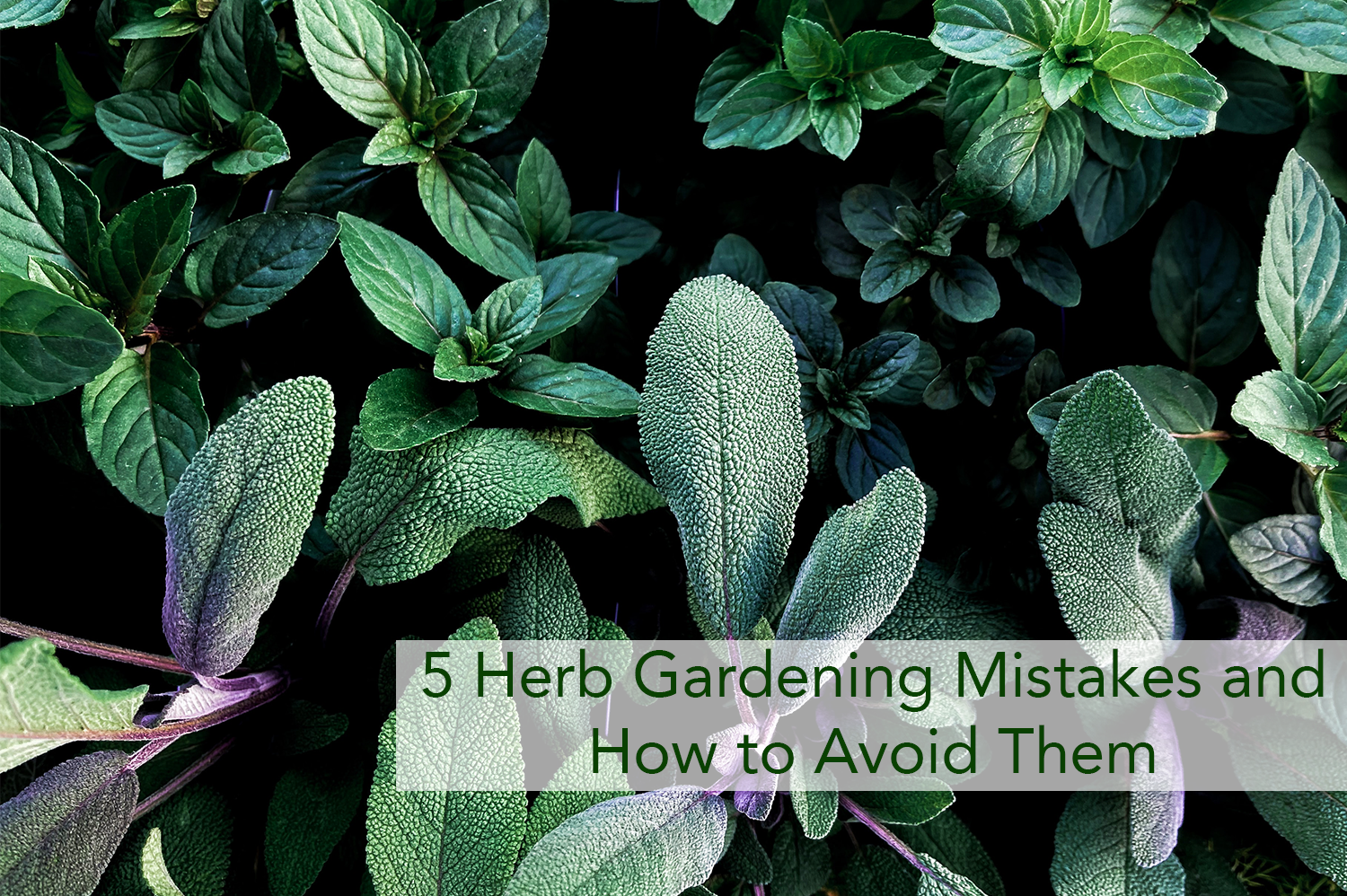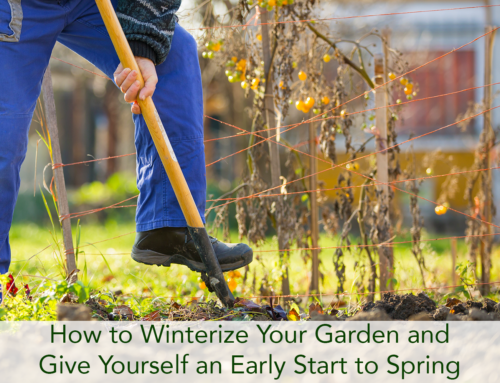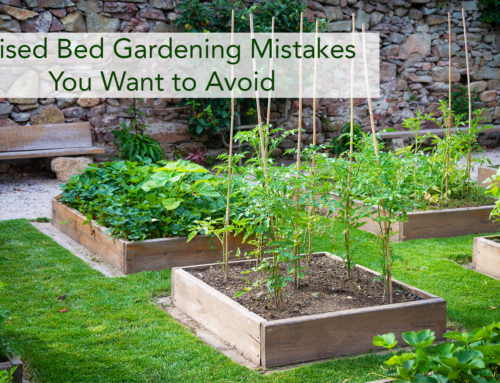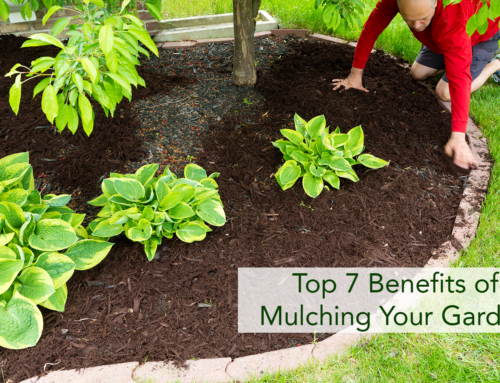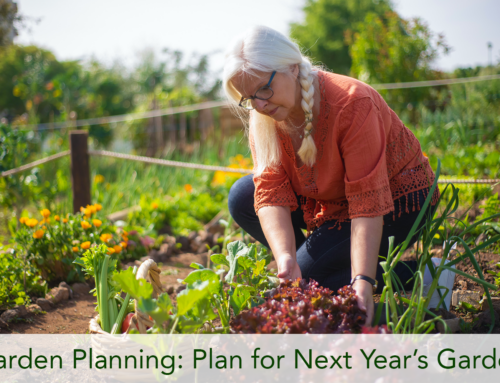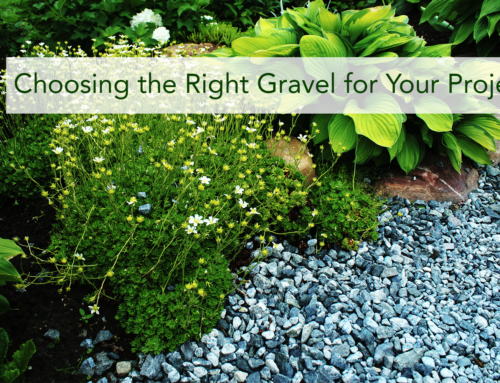Getting into herb gardening can be very enjoyable and rewarding. It can also seem pretty simple, but lots of us fall victim to common herb gardening mistakes in the beginning. No worries! To avoid frustrations, here are 5 common mistakes you might make when starting an herb garden, and what you can do to avoid them.
Growing Herbs in the Wrong Place
Just like with your other garden plants, herbs need to be planted in the right spot. Before you choose your herbs, make sure you check whether they like sun or shade, well-drained or boggy soil, acidic or chalky soil. If you don’t get it right, they probably won’t last. It’s also important when you’re planting your herbs, that you plant them in groups that prefer the same conditions. For example, lavender, sage, oregano, and thyme are all Mediterranean herbs, so they should be planted together in a group for the best success.
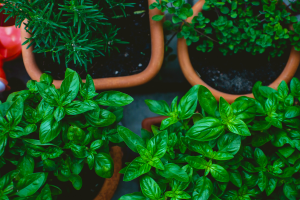
Planting herbs in separate pots will allow each plant to have enough space and avoid crowding all together.
Crowding Plants
Crowded plants of any kind don’t do well, and that goes for herb gardening as well. To avoid crowding your herbs, plan to plant them carefully. Measure the bed or container so you can be sure to give each plant enough room. Crowding can be more harmful in containers because your herbs can run out of water and nutrition more quickly, so be sure to be attentive to your plants and take care of crowding immediately. If you do plant them too close together, you’ll need to lift and divide the plants to give each herb plant enough space to thrive.
Not Learning the Different Varieties
The one amazing thing about herb gardening is that there are so many herbs to choose from! The one mistake you might run into? Not understanding the various types of herbs you’re purchasing.
For example, if you plan on planting oregano, don’t grab the first seeds you buy. There are a couple of different kinds of oregano: Mexican and Mediterranean. And yes, they differ in flavor! It’s important to be aware of different types of herbs so you don’t get the wrong one. In some cases, like oregano and mint, different types are not interchangeable. Make sure you read up on herb varieties and look at packaging carefully so you don’t buy the wrong type.
Letting Herbs Flower
Many herbs flower, especially if you don’t cut them regularly. They can be very pretty to look at, but when a plant starts flowering, it puts all its energy into creating the flowers and can bring on its early demise.
To keep your herbs living longer and encouraging leaf growth (especially for culinary herbs), you need to discourage flowering. Snip or pinch off any blossoms on your herbs. This will keep the plant’s energy focused on growing more leaves.
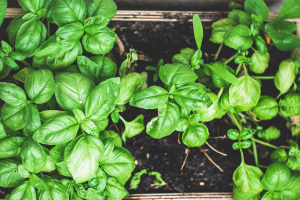
Mulching your herbs will help to converse the soil’s water as well as keep the sun away.
Not Mulching Your Herb Plants
A very common herb gardening mistake is to skip mulching. The herb planting season tends to be when the weather is warmer, so this oversight that can lead your herbs to struggle to survive. Not mulching can also mean you will have to water your plants more regularly. Mulching helps to conserve the soil’s water as well as keep the sun away. Add mulch to the soil around the herbs, but avoid mulching right up to the stems. Doing so can be inviting to pests.
Get your Gardening Supplies from Beaver Lakes
Herb gardening can be tricky, but any mistakes you run into are easily fixable. If you’re looking for mulch, soils, or even just some gardening advice, we’d be more than happy to help you out! Beaver Lakes Nursery & Landscape Supply is located in beautiful Montrose, Colorado.

